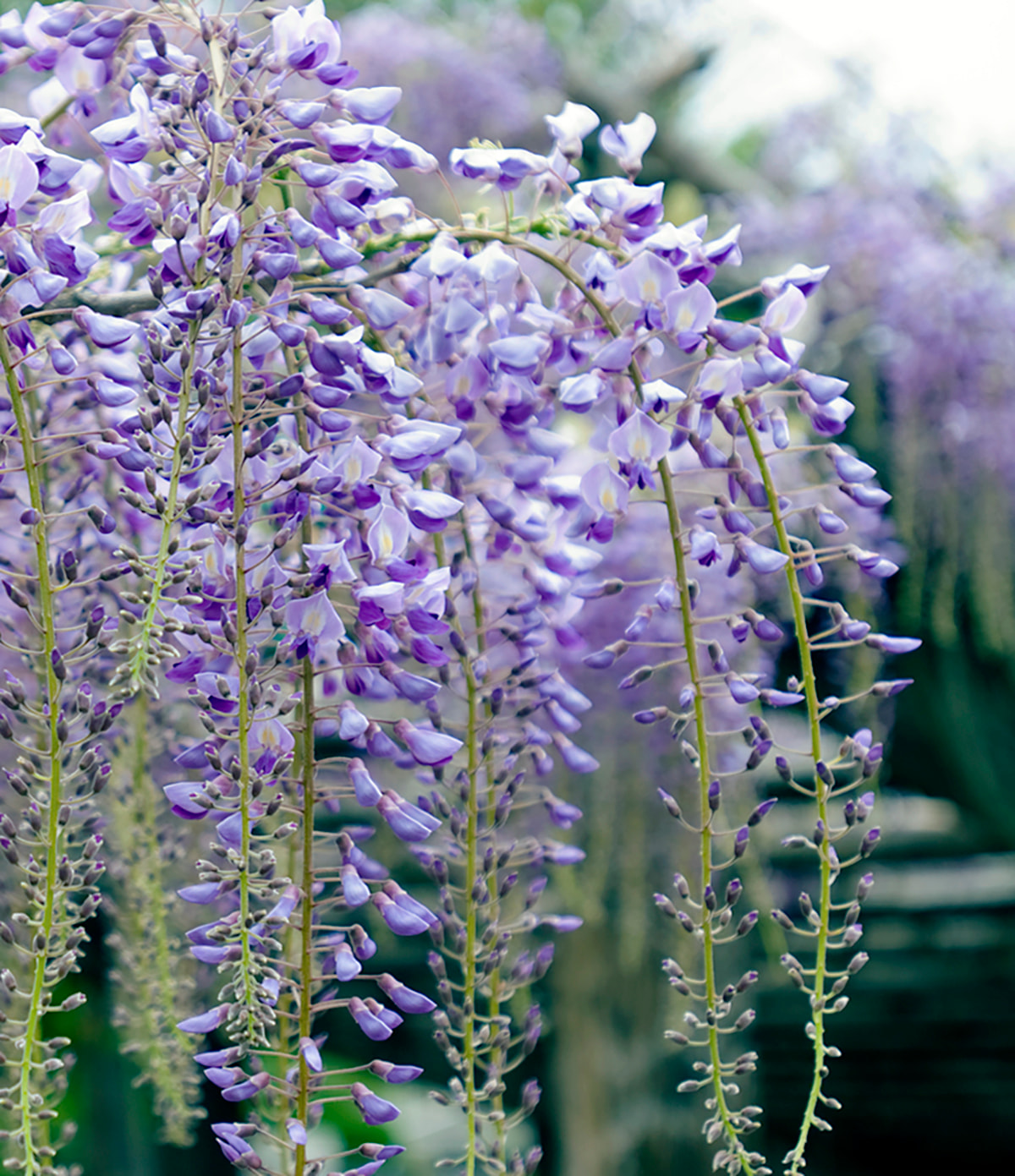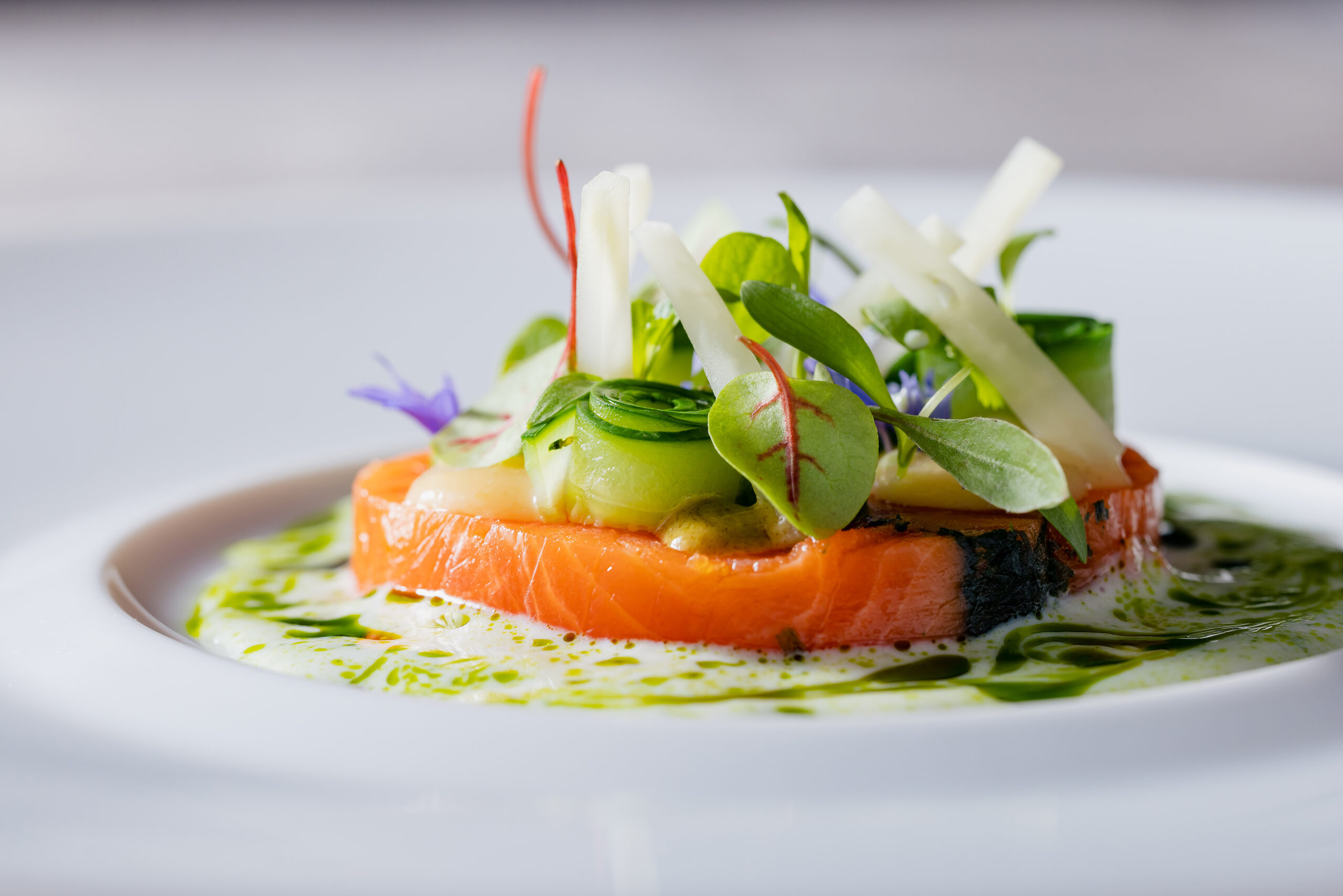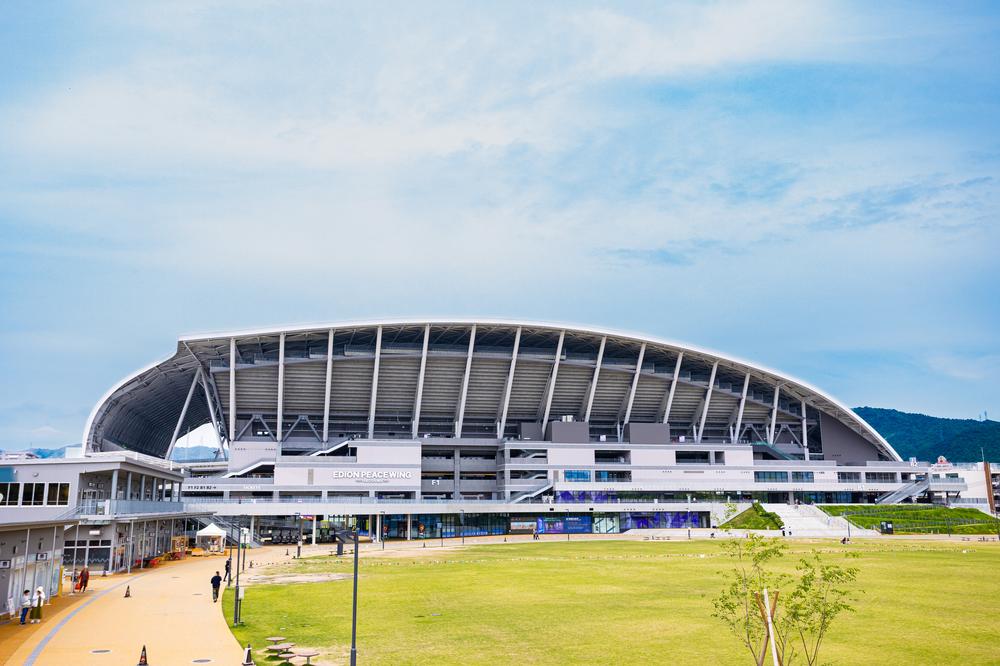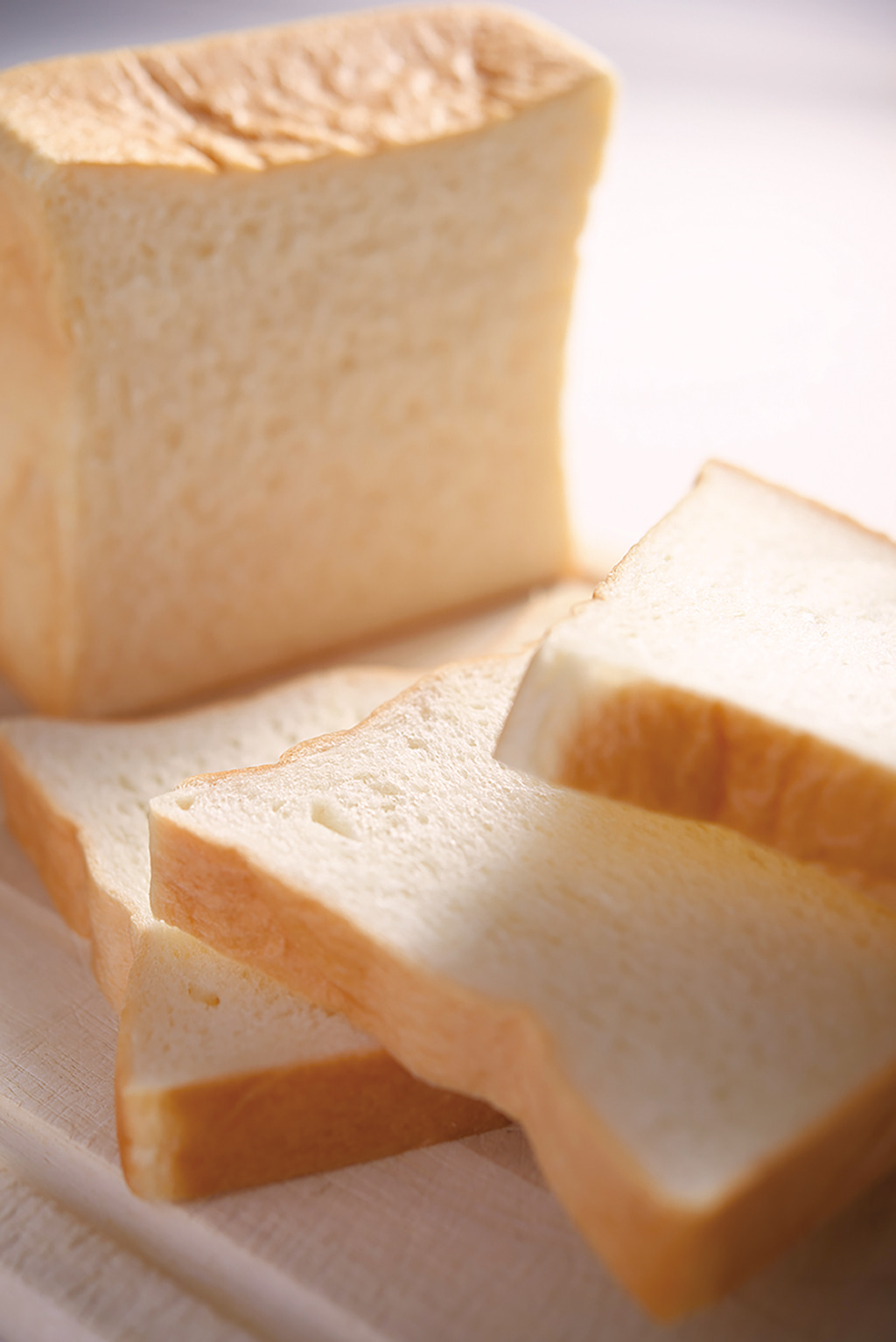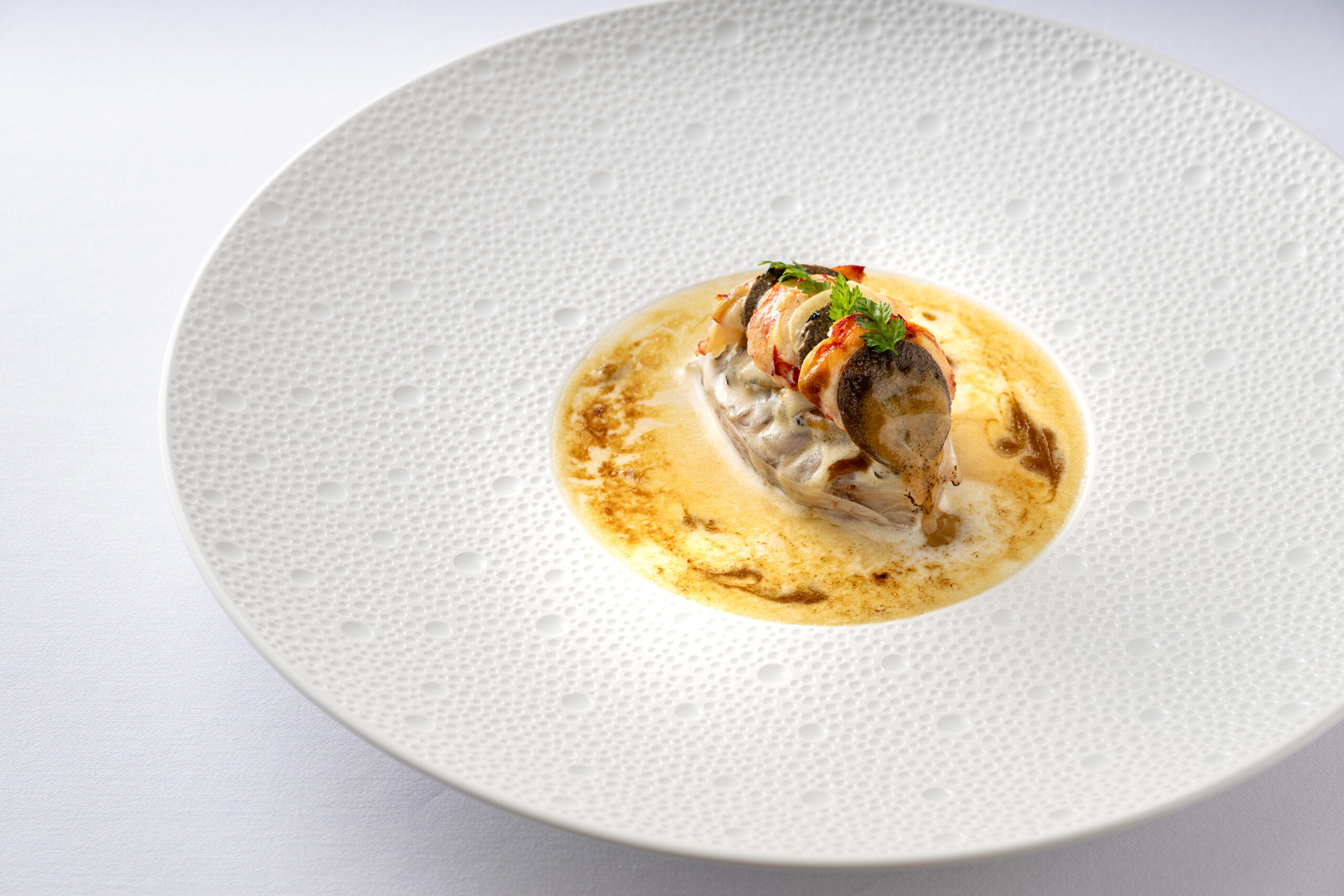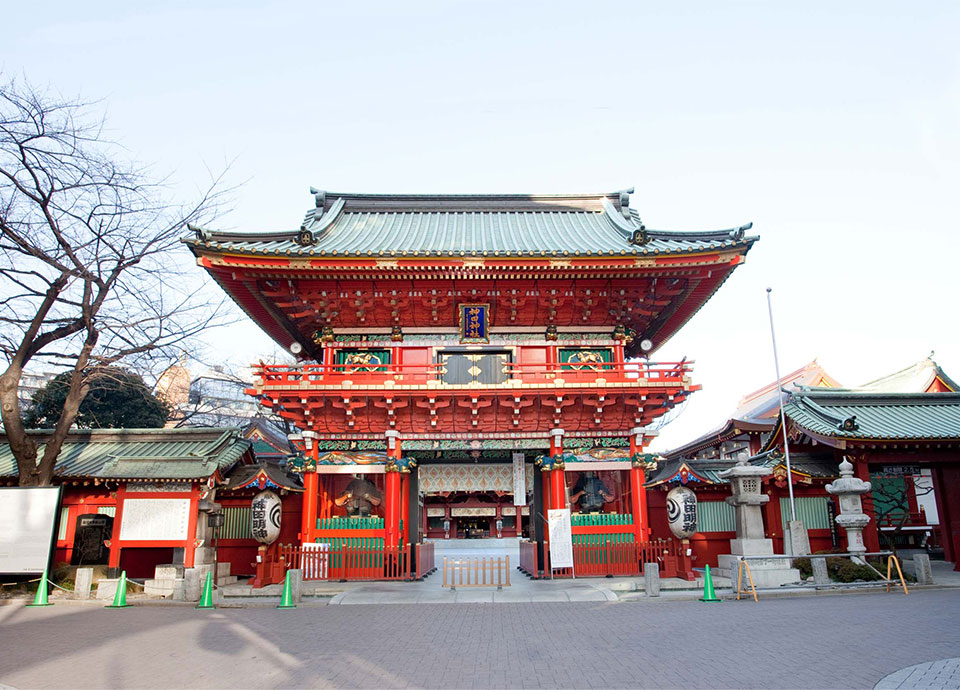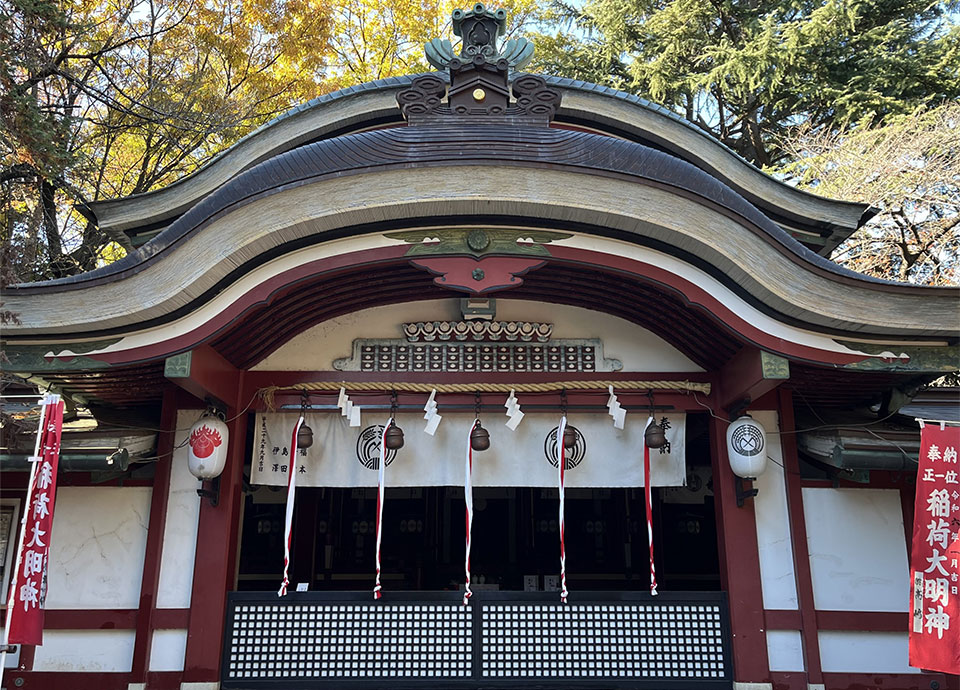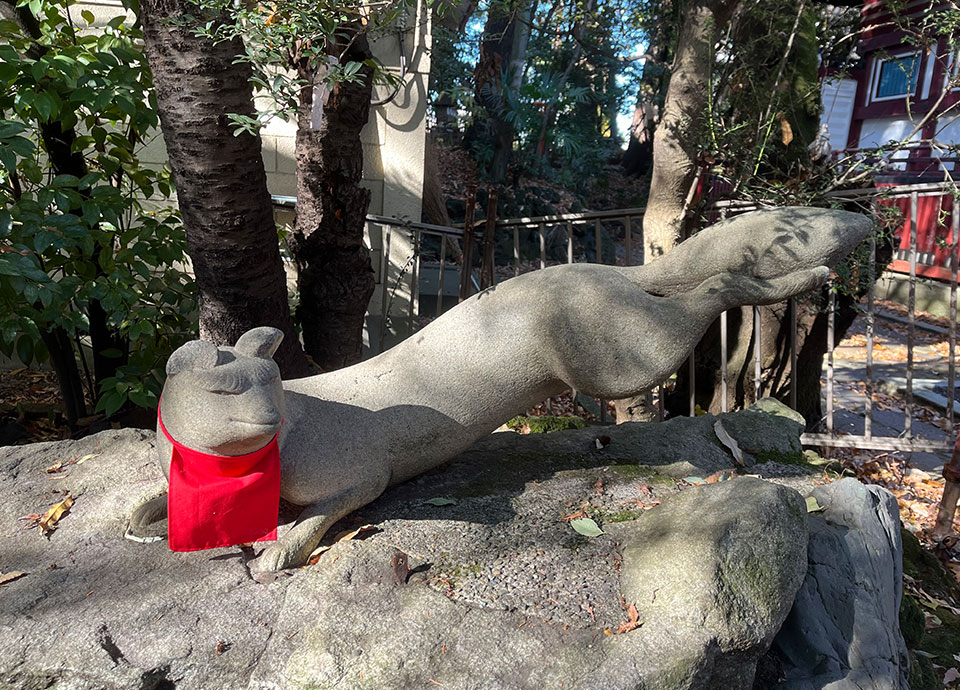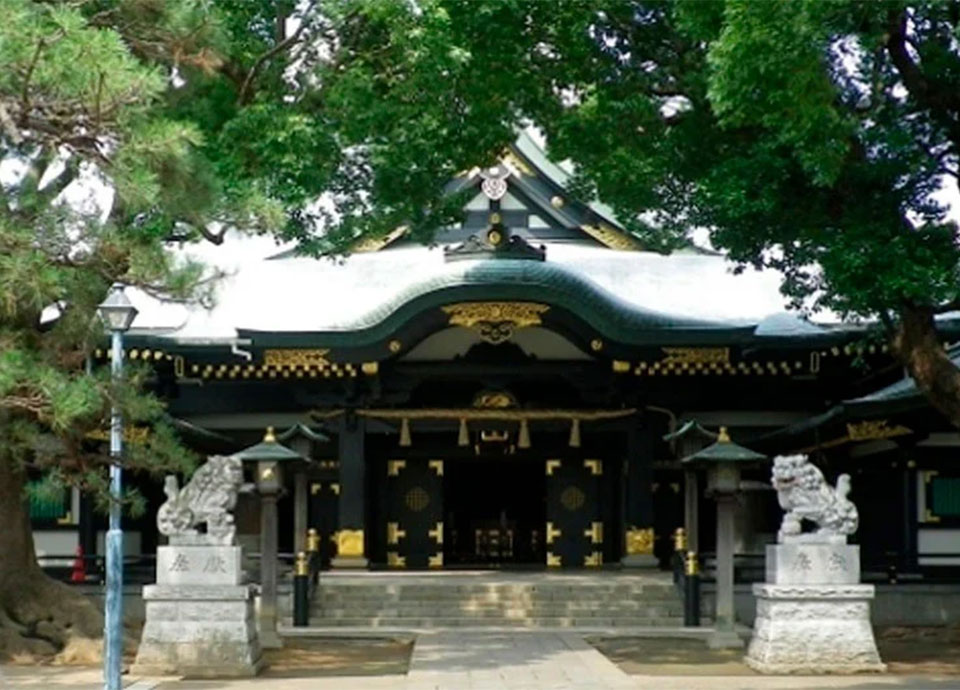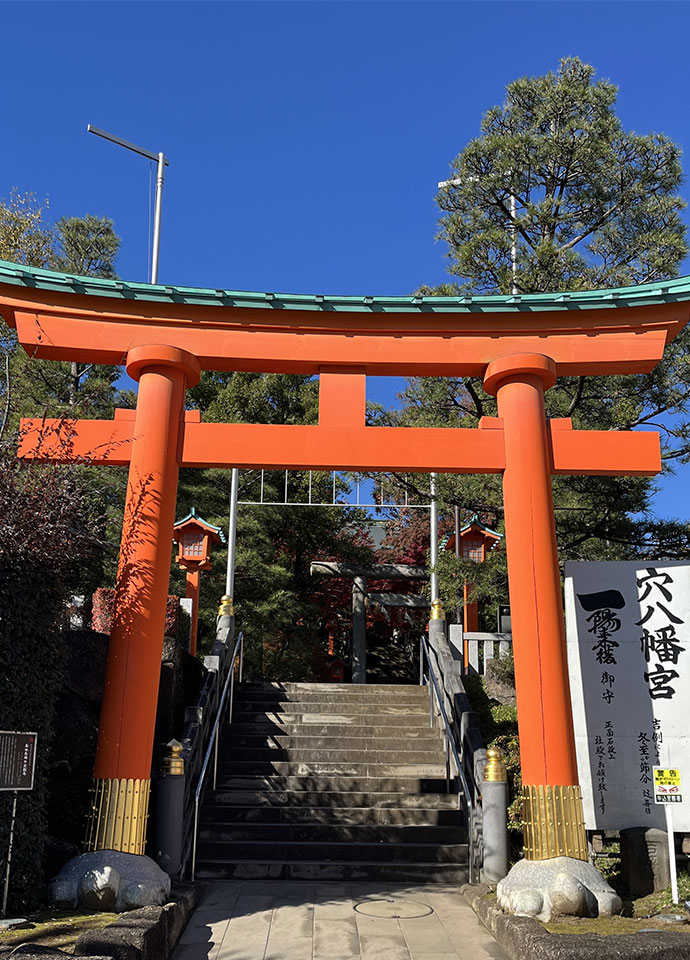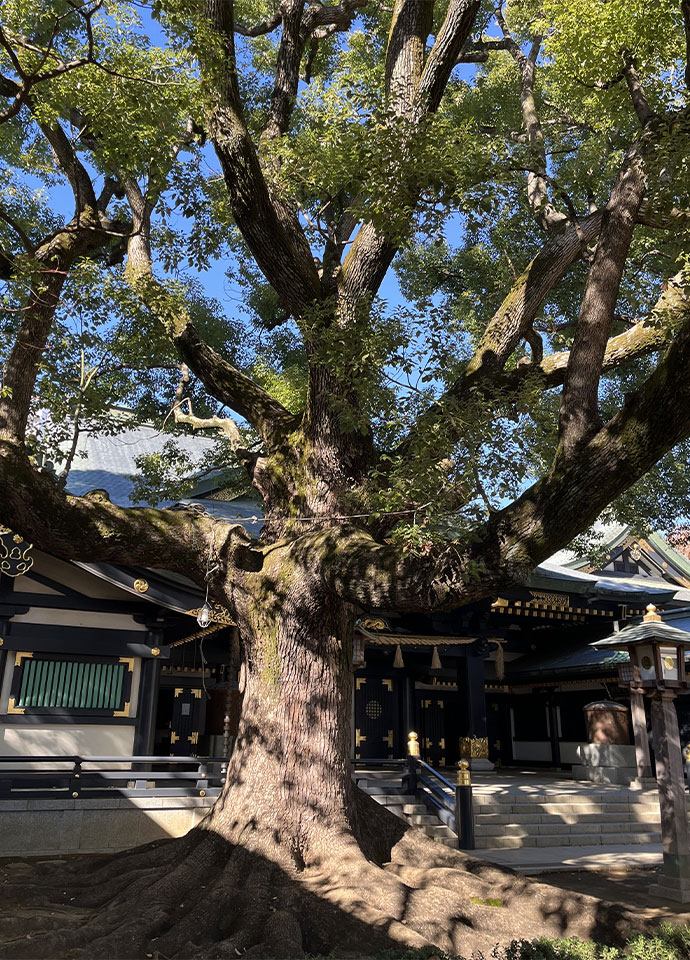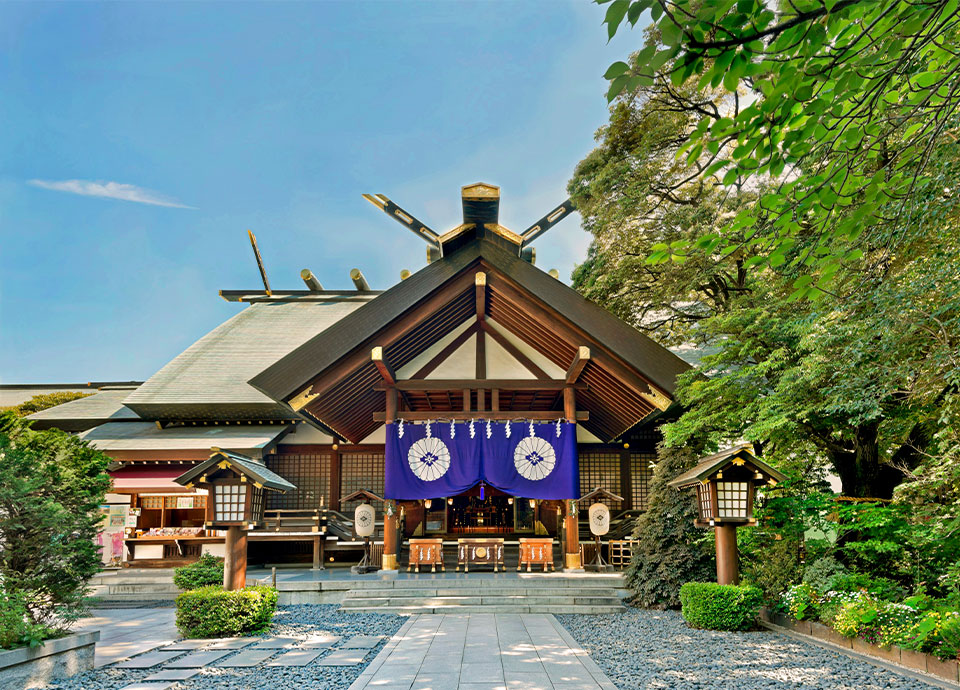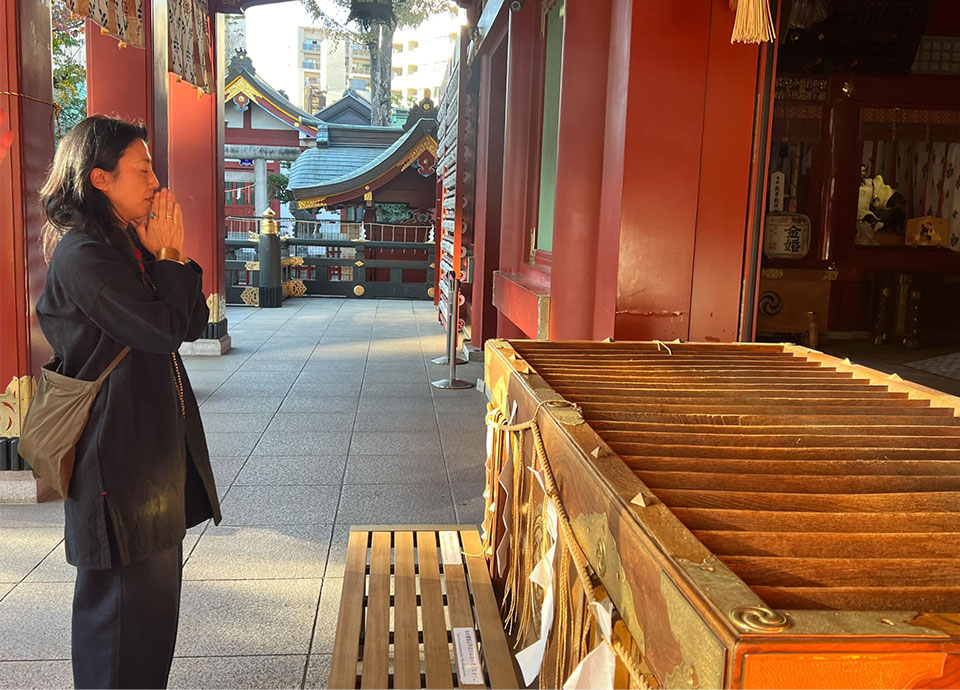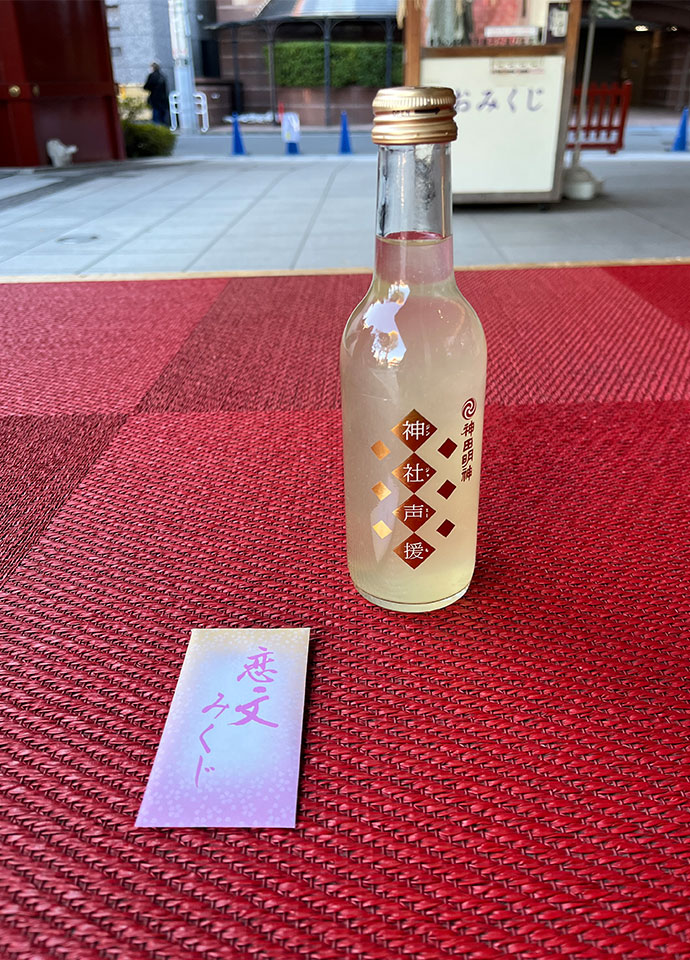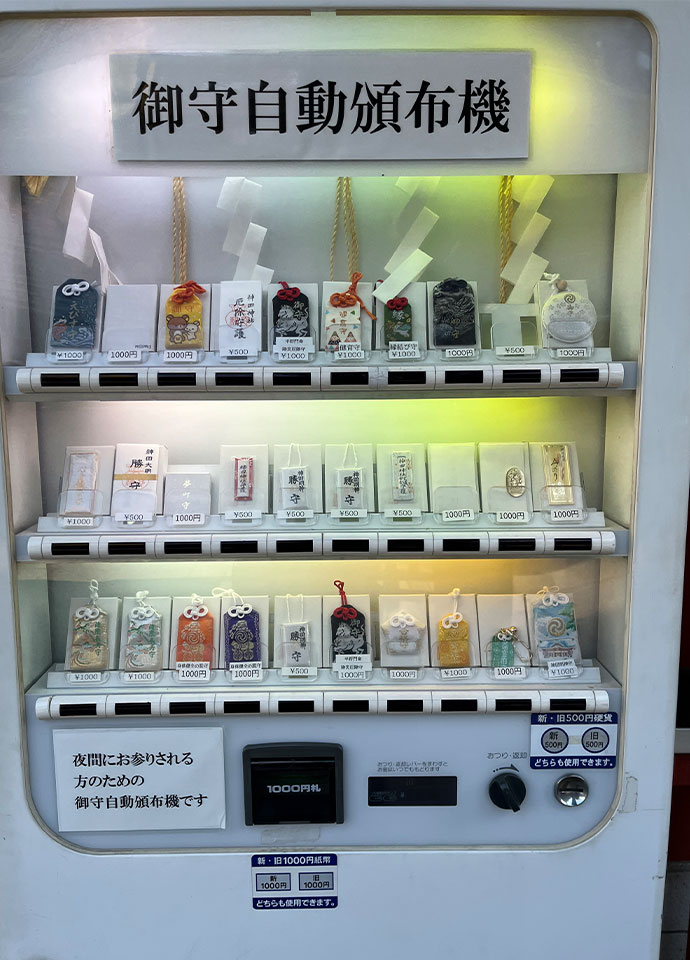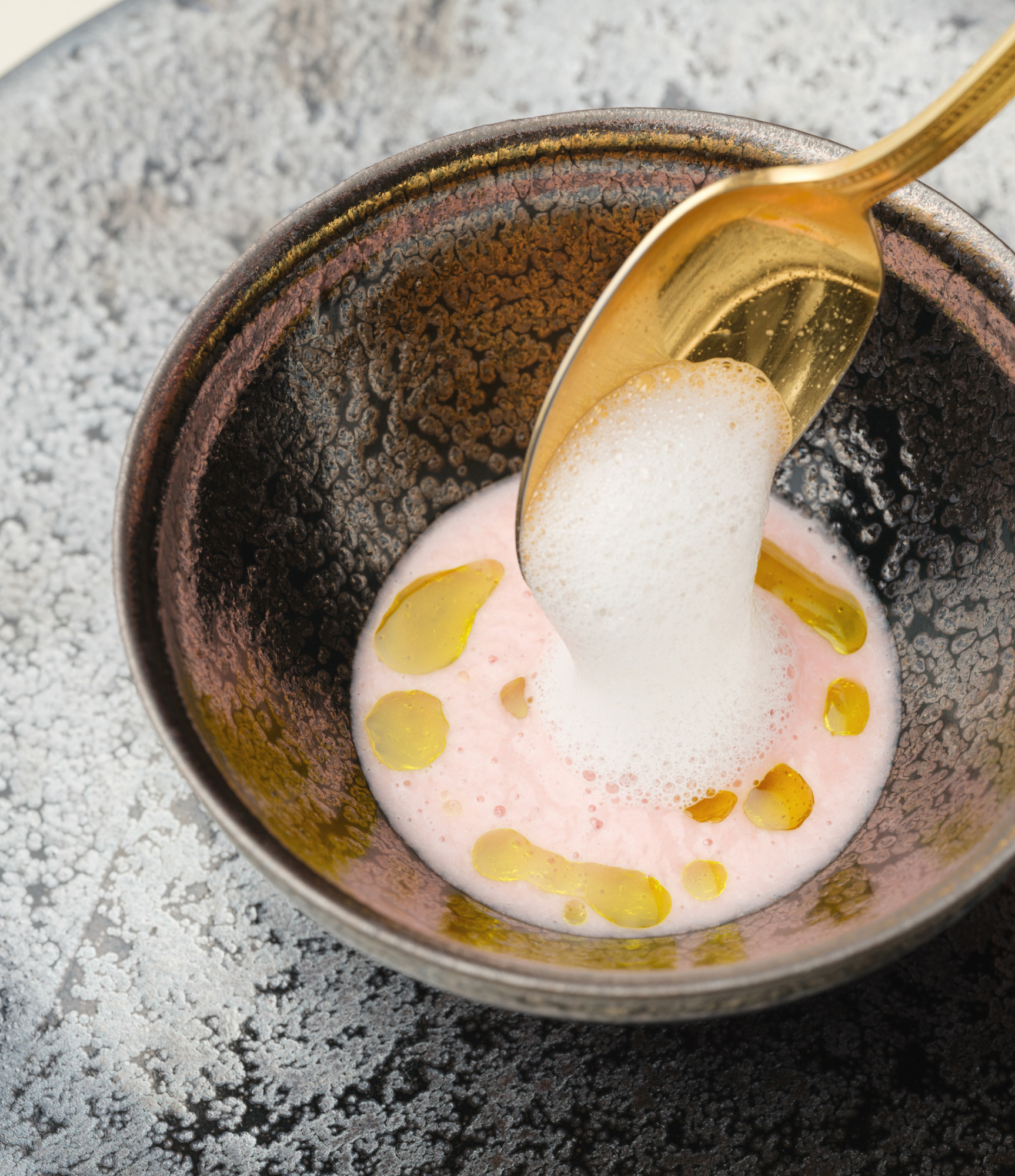
A Journey to Bring Good Fortune [Tokyo] A Tour of Power Spots from Waseda to Kanda
A journey starting from the RIHGA Royal Hotel Tokyo or the Toshi Center Hotel Tokyo.
When you’re feeling a bit worn out, physically or mentally, have you ever visited a shrine and felt your spirits lift?
If you’re thinking, “In the new year, I want to feel cheerful every day!” or “I want to improve my luck and make 2025 a great year!”, then we recommend a tour of shrines known as “power spots”—which are a hot topic even on social media.
This time, we’ve asked writer Akiko Konda—who is fascinated by dogu (clay figurines made in the Jomon period) and is active as a lady dogu enthusiast—to introduce us to the kami (deities) who may grant our (perhaps rather convenient!) wishes for better luck with finances, positive new connections, and, of course, good health. She points out that “Dogu were tools for prayer during the Jomon period, and shrines are often built on the sites of ancient ruins.” That’s why she makes a point of stopping by nearby shrines when visiting archaeological sites.
As they say, there’s no time like the present. So why not head out and explore?
Praying for good health to the divine fox statue with a missing ear at Mizuinari Shrine.
To boost my luck for the new year, the first stop on my power spot tour was Mizuinari Shrine, located near the RIHGA Royal Hotel Tokyo. This shrine was relocated to its current location through a land exchange with Waseda University, and perhaps due to that connection, it is remarkably effective for prayers regarding admission to Waseda University. It’s a “should not miss” power spot for anyone with children taking entrance exams.
When I passed through the torii gate of Mizuinari Shrine, dignified Guardian lion-dog statues (komainu) guardians in the classic “a-un” poses (one with mouth open, the other with mouth closed) welcomed me. After paying my respects to the deities they say bring blessings for exam success, good fortune, and family safety, I glanced to the side and spotted the dynamic figure of the fox statue with a missing ear—a symbol of Mizuinari Shrine—beyond the red torii gate. They say that if you stroke the part of this fox statue that corresponds to any problem in your own body, the pain will be eased. There’s something magical about how the fox’s lively pose, with its hind leg kicked up, makes you feel as though it could kick away illness just by its energetic appearance alone. A local woman approached and gently stroked the chins and heads of the pair of fox statues—including the one with the missing ear—and headed home. Watching her pet the fox statues so naturally gave me a warm feeling, as I realized how beloved this shrine is by the local community.
Ana-hachimangu Shrine: the heart trembles with emotion at its refreshing atmosphere.
After leaving Mizuinari Shrine, I headed next to Ana-hachimangu Shrine, affectionately known as “Ana-hachiman-san” and located in Ushigome Takada. The shrine has an ancient history. Founded in 1062 (Kohei 5), it was built by Minamoto no Yoshiie, who suppressed a rebellion in Oshu, to enshrine his tutelary deity Hachiman. It took about 10 minutes to walk from Mizuinari Shrine and arrive in front of the torii gate. The Tokyo sky that day was a clear blue, making the vermillion-painted torii stand out beautifully. A sign about the shrine’s famous good fortune (ichiyo raifuku) charm was posted nearby, and just seeing that lifted my spirits. This is because that charm, distributed here at Ana-hachimangu Shrine since the mid-Edo period, and said to bring excellent fortune for finances and business prosperity, is widely known for its limited period of distribution, from the winter solstice each year until the following Setsubun (a spring welcoming festival in early February). Moreover, the timing for enshrining the charm is only three times per year. The enshrinement direction is also strictly determined each year, and when the time comes around, my social media feeds are flooded with joyful posts from friends saying “I enshrined it!” and “This is the one time of year I absolutely cannot miss!” The enthusiasm is truly amazing to witness.
Since this wasn’t one of those “special times,” I was able to take my time communing with the deities. Suppressing my impatient feelings, I passed through the torii gate and climbed the stairs to the worship hall. When I reached the top, I found myself standing before the dignified and serene worship hall alongside a magnificent camphor tree. The vibrant life force of the camphor tree, with its roots firmly planted in the earth, perked me up, and as I took a deep breath, it felt as though my entire body was being filled with positive energy. Since Ana-hachimangu Shrine is so famous for its good fortune charm, I had shied away from the crowds during the distribution period. However, I discovered that the shrine during its quieter times is a place rich with power in a different way.
I want to make all sorts of new connections! Tokyo Daijingu Shrine.
I took the Tokyo Metro Tozai Line from Waseda Station, and my next destination was Tokyo Daijingu Shrine in Iidabashi. Tokyo Daijingu is said to be the first place that comes to mind in Tokyo when it comes to matchmaking shrines. It was established in 1880 (Meiji 13) as a remote worship hall for Ise Shrine. A remote worship hall is a building set up so people can worship from afar. While it’s ideal to worship by visiting the main shrine, it’s believed that praying at a remote hall brings the same blessings as worshipping in person. The main deities enshrined at Tokyo Daijingu are Amaterasu Omikami, Toyouke-no-okami, and Yamatohime-no-mikoto, and the shrine is also said to enshrine the three deities of creation, who govern the forming of connections—so I couldn’t pass up the chance to visit.
When I arrived at the shrine, I saw a steady stream of visitors passing through the torii gate as if drawn in. I could already feel the power of the place just watching, and I eagerly followed the people through the gate toward the main hall. Since the shrine is renowned for its powerful matchmaking blessings, most of the visitors were women, but I also noticed a few men in business suits, likely hoping for good fortune in their work relationships as well.
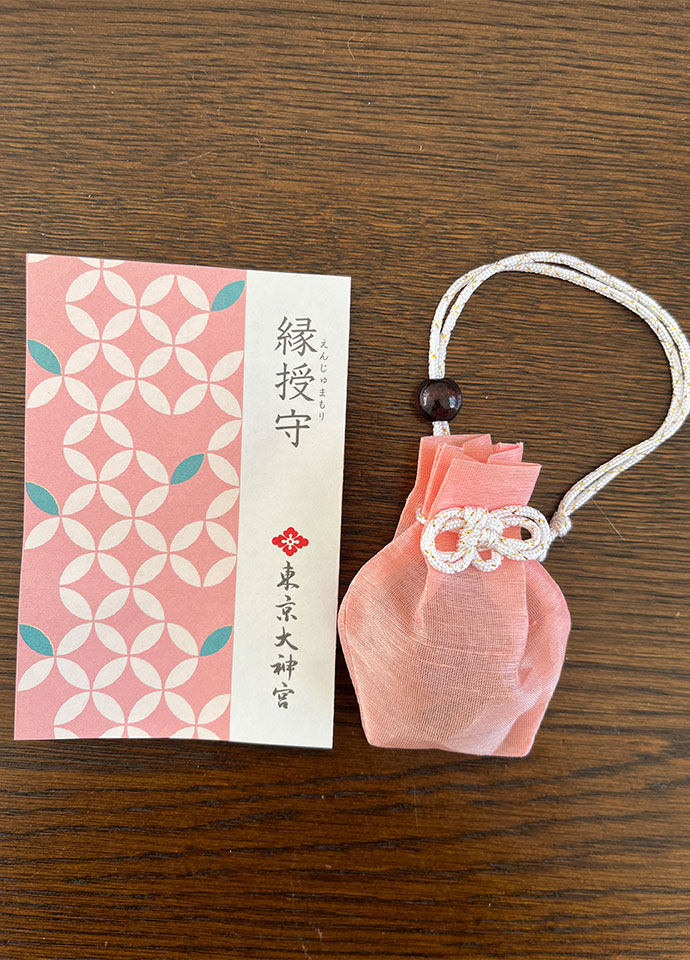
Since I’d taken the trouble to come this far, I decided to get a charm. There were so many different kinds that I couldn’t decide which one to choose. Meanwhile, the woman next to me picked out several charms without any hesitation, bowed deeply, and left. Watching her, I couldn’t help but wish that everyone who comes here would find the connections they’re hoping for. That was my experience visiting Tokyo Daijingu Shrine.
Wrap things up at Kanda Shrine and have a good year with the deities on your side!
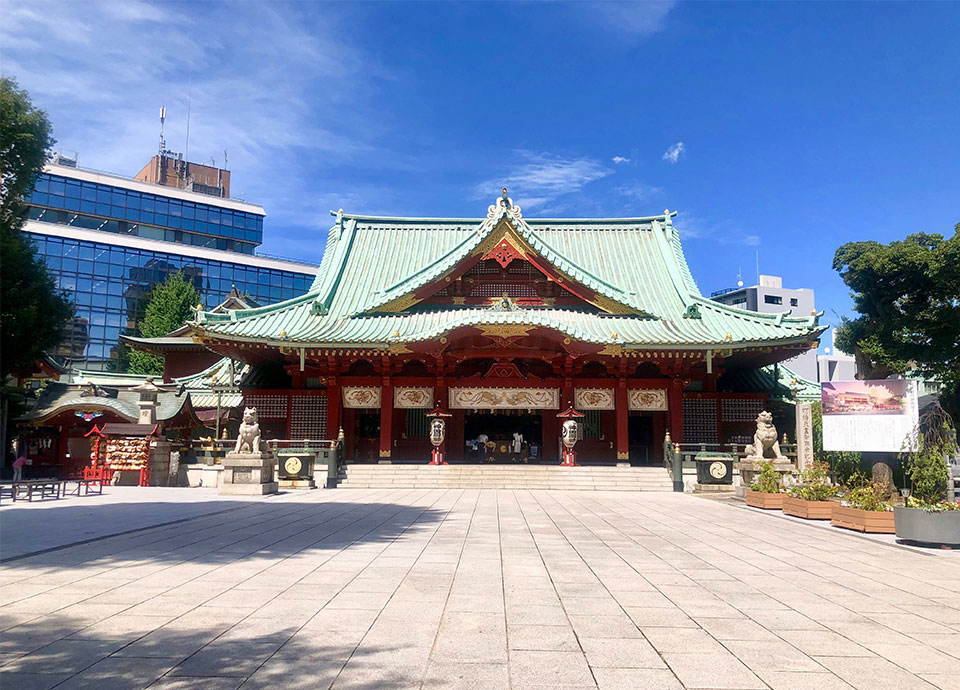
In addition to the main hall, the shrine grounds feature statues of Ebisu and Daikoku, as well as an Inari Shrine, Suijin Shrine, and others. I definitely recommend taking a walk around the grounds when you visit.
The final stop on my tour of power spots was Kanda Myojin, officially known as Kanda Shrine. From JR Iidabashi Station, I took the Sobu Line to JR Ochanomizu Station. From there, it was about a five-minute walk, when the large torii gate of Kanda Shrine came into view along Hongo-dori, with its gentle downward slope.
Kanda Shrine is said to have been founded in the year 730 (Tenpyo 2). It has stood with the people of Edo through many hardships—natural disasters, famines, epidemics, and wars. Since the Edo period, it has been known as the “guardian shrine of Edo,” beloved and revered by everyone from shogunate officials to ordinary townspeople. Although the sun was already beginning to set, many people were still passing through the torii gate, walking through the gorgeous cypress-wood gate, and heading toward the main hall straight ahead.
In front of the main hall, people were quietly waiting their turn to pray. When it was finally my turn, I expressed my gratitude for being able to visit all these power spots safely, and also prayed for good luck in love and success at work. Kanda Shrine is said to bring many blessings, including luck in competition, business prosperity, protection from misfortune, family harmony, and matchmaking. Among these, it’s especially famous for bringing victory in competition. In fact, it’s said that Tokugawa Ieyasu prayed for victory here before the Battle of Sekigahara, and ended up winning on the day of the Kanda Festival—so it’s easy to see why the shrine is so famous for bestowing luck in competitions.
Hoping to share in some of that good luck, I decided to draw an omikuji (fortune slip), something I rarely do. I tried the Love Letter Fortune, and to my delight, I got the best fortune—daikichi (excellent luck)! I’m sure it was thanks to the blessings I received after visiting shrines, paying my respects, and praying to the deities throughout the day.
I felt refreshed after visiting these power spots with their various blessings to start the year. This year too, I resolved to cherish each ordinary day.
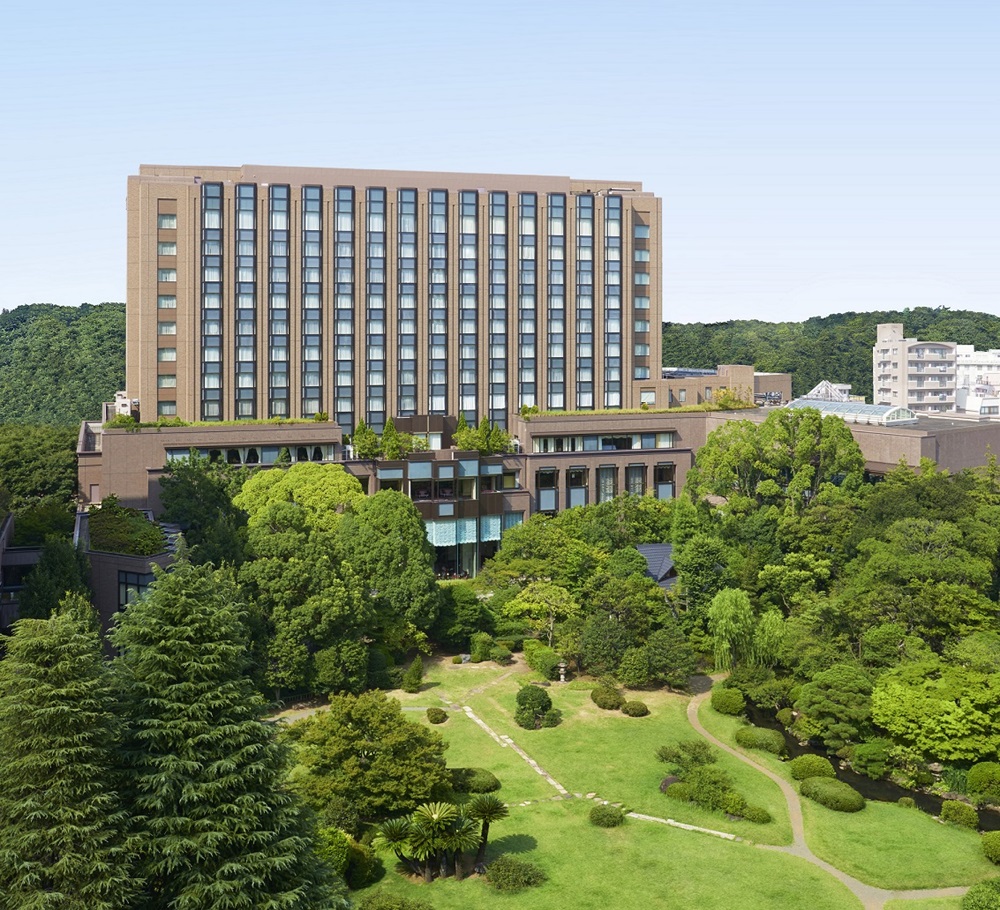
RIHGA Royal Hotel Tokyo
TEL +81(0)3-5285-1121
1-104-19 Totsuka-machi, Shinjuku-ku, Tokyo 169-8613, Japan
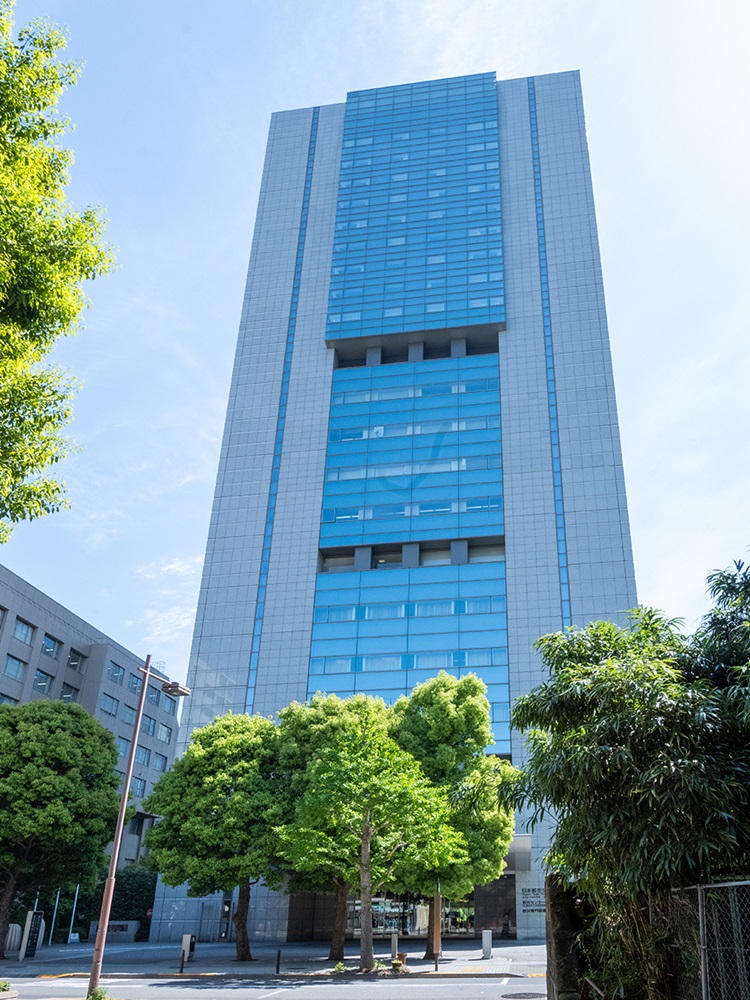
Toshi Center Hotel Tokyo
TEL +81(0)3-3265-8211
2-4-1 Hirakawa-cho, Chiyoda-ku, Tokyo 102-0093, Japan
【DATA】
Mizuinari Shrine
3-5-43 Nishi-waseda, Shinjuku-ku, Tokyo
03-3200-4621
About a 5-minute walk from RIHGA Royal Hotel Tokyo
Ana-hachimangu Shrine at Uchigome Takada
2-1-11 Nishi-waseda, Shinjuku-ku, Tokyo
03-3203-7212
About a 10-minute walk from RIHGA Royal Hotel Tokyo
Tokyo Daijingu Shrine
2-4-1 Fujimi, Chiyoda-ku, Tokyo
03-3262-3566
About a 5-minute walk from Iidabashi Station on JR and the Tokyo Metro
Kanda Shrine (Kanda Myojin)
2-16-2 Sotokanda, Chiyoda-ku, Tokyo
03-3254-0753
About a 5-minute walk from JR Ochanomizu Station
Our Guide
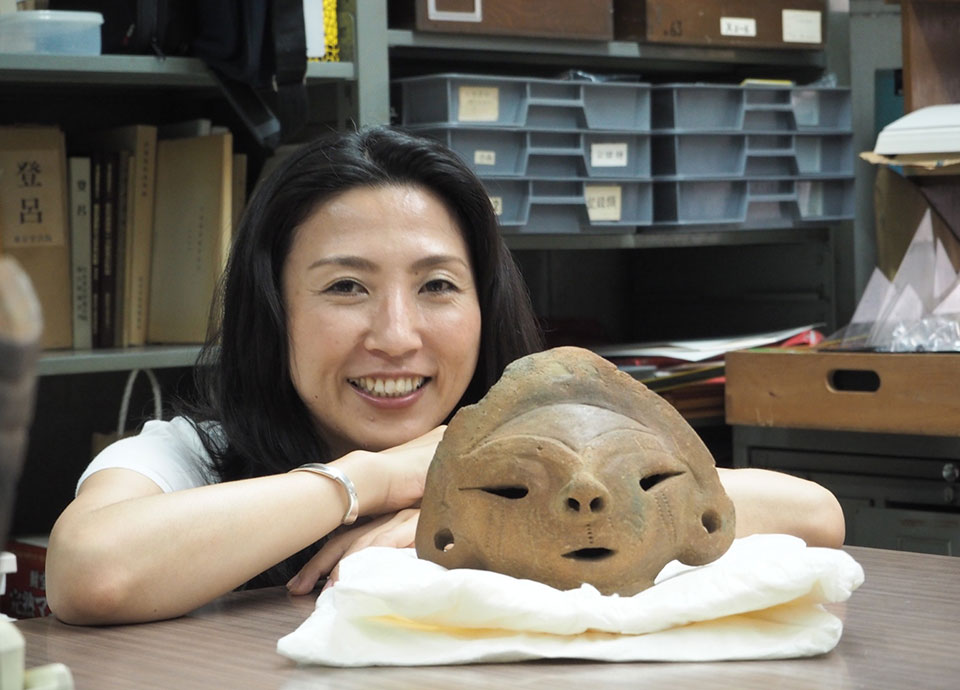
Akiko Konda
Writer. Born in Gifu Prefecture. In 2009, she happened to encounter dogu (clay figurines from the Jomon period). Since then, she has visited museums and ruins around the country, researching dogu, ruins, and related topics. Her interest in visiting power spots goes back even further than her interest in visiting ruins, and her favorite shrine is Takihara-no-miya in Mie Prefecture. Her books (in Japanese) include 『The Unknown Jomon Life 』(2017, Seibundo-shinkosha), 『Welcome to the World of Dogu 』(2017, Yamakawa Shuppansha), 『The Secrets of Jomon 』(2018, Shogakukan), among many others. Her most recent book is 『Akiko Konda’s: My Journey of Fascination with Ruins 』 (2024, Shinsensha).
*Unless otherwise noted, prices include tax and service charges.
*Operating hours at each facility are subject to change.


